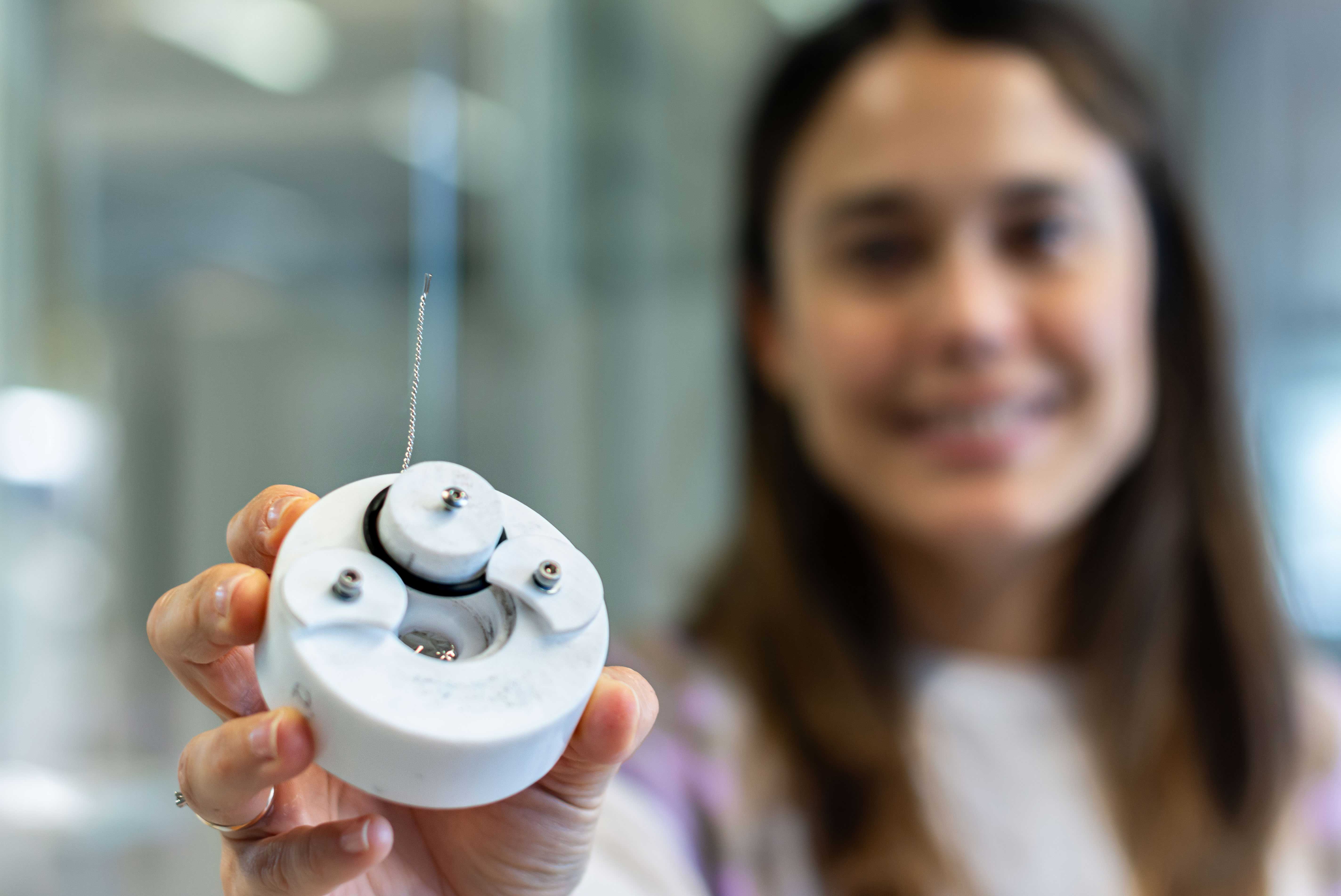CIC energiGUNE, the Basque research center of reference in electrochemical energy storage, thermal energy storage and conversion and hydrogen technologies, has launched the process to design the first electrically rechargeable zinc-air battery, which will be a breakthrough for the development of this technology, which stands out for its high durability and the use of abundant and inexpensive active materials. The initiative is part of the European HIPERZAB project, in which seven companies and organizations from the continent participate, led by CIC energiGUNE, and whose launch meeting took place today in Vitoria-Gasteiz.
"We currently have primary zinc-air batteries, non-rechargeable, which last a long time, although they have limited rechargeability," said Nagore Ortiz Vitoriano, Principal Investigator of CIC energiGUNE in this project. "What we are going to achieve with HIPERZAB is to create, for the first time, a rechargeable zinc-air battery and, in this way, advance in the development of a type of device that is ideal for medium-term storage -days or weeks-, capable of being combined with renewable energies and electrifiers", she said.
HIPERZAB´s proposal, which has been included in the European Union´s "Pathfinder Challenges" call for proposals, has a highly disruptive component, since although primary zinc-air batteries are available on the market, a rechargeable version of these batteries has not yet been developed. Achieving this objective would mean immediate improvements in storage time, cost reduction and life cycle design adapted to medium-term storage, as well as allowing the combination with renewable energies and electrolyzers.





